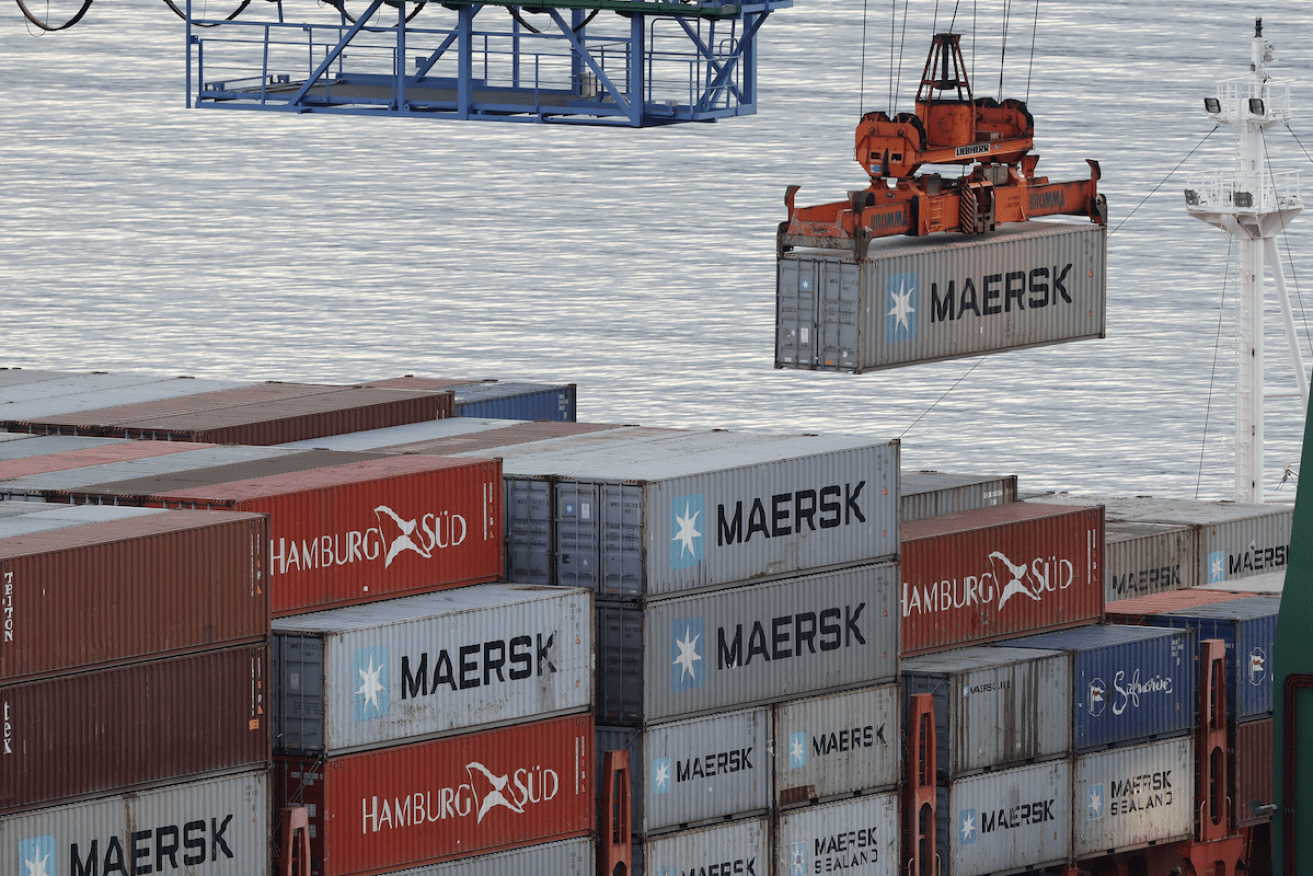New Zealand double-dip recession confirmed
New Zealand GDP figures have confirmed another quarter of contraction to close out 2023, with strong migration believed to be propping up the economy.

New Zealand's economy has contracted for a second quarter. Photo: Mark Baker/AP
New Zealand’s economy shrank by 0.1 per cent in the quarter to December, and 0.7 per cent in per capita terms, the country’s official data agency, Stats NZ, revealed on Thursday.
Following a 0.3 per cent contraction in the September quarter, that fulfils the technical definition of a recession – New Zealand’s second contractionary event in the past 18 months.
New Zealand has returned negative GDP figures in four of the last five quarters, with Stats NZ also confirming an anaemic annual growth rate of just 0.6 per cent.
“Wholesale trade was the largest downwards driver this quarter, led by falls in grocery and liquor wholesaling; and machinery and equipment wholesaling,” Stats NZ’s Ruvani Ratnayake said.
“Retail trade activity also fell, driven by furniture, electrical, and hardware retailing; and food and beverage services.”
Mining, manufacturing, transport and postal services also all fell in both of the past two quarters, contributing to the recession.
Thursday’s results are even worse in a per capita context: with all five of the last quarters heading backwards by an average of 0.8 per cent.
In essence, New Zealand’s economy is being propped up by record migration, which hit a record peak of 141,000 in 2023.
Without that population growth to stimulate economic activity, New Zealand’s economic output would be further in reverse.
“Strong population growth masks how weak the NZ economy has been, with a smaller pie being divided up increasingly thinly,” ASB bank economist Nathaniel Keall said.
The result was largely expected, with the Reserve Bank tipping a flat figure and local banks forecasting a range of results between -0.2 per cent and 0.4 per cent growth.
Regulation Minister David Seymour said the economic environment would shape the forthcoming budget, which will trim the public service.
“We’re in a slump, but that won’t be news to you, because you’ve already been living in it,” he said.
Compared to similar developed nations, New Zealand performed well economically in the first two years of the pandemic, benefitting from long stretches without COVID-19 restrictions.
However, the south Pacific country, at the tail end of global supply chains, has suffered in 2022 and 2023 with sharp labour shortages and stubbornly high inflation.
The GDP figures come after a country-specific report from the International Monetary Fund suggested the government cap its spending and attempt to boost ailing productivity.
Keall said one result of the poor GDP result – which may be welcomed by Kiwis with mortgages – might be interest rate cuts sooner than expected.
“The downward surprise for GDP tilts the balance in favour of official cash rate cuts coming sooner than the mid-2025 timeframe flagged (by the Reserve Bank),” he said.
“We continue to expect OCR cuts from the second half of 2024.”
– AAP




